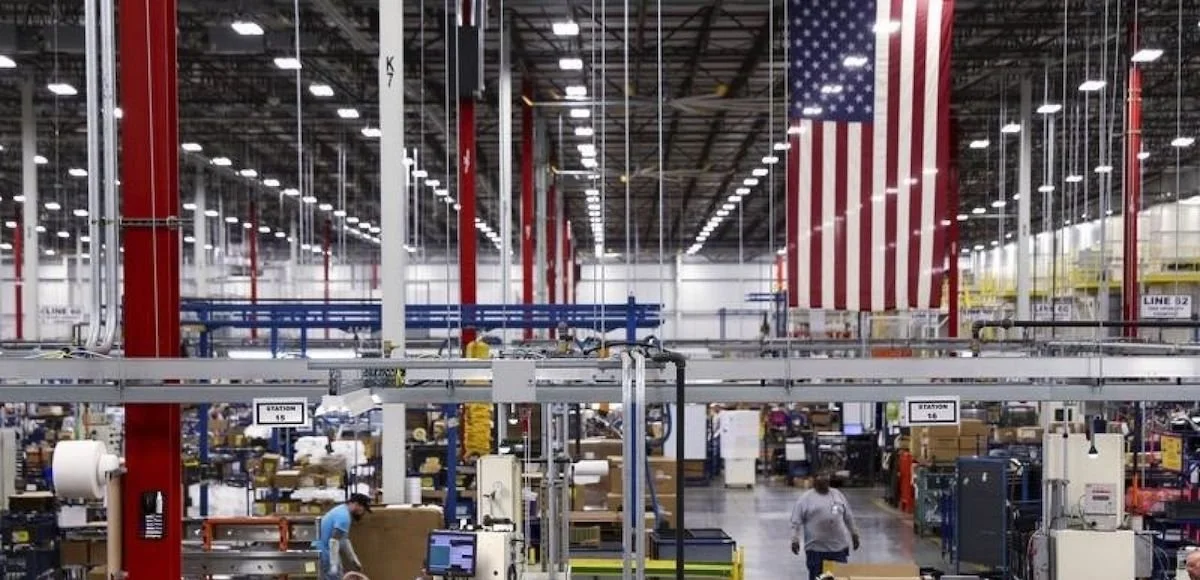Often Asked, Not Easily Answered
One of the most often asked questions during consultancy engagements, both from investor groups evaluating potential future returns and from entrepreneurs guiding a path for their businesses, concerns the outlook of whatever industry being considered, with respect to the supply chain challenges and disruptions surfaced during the COVID pandemic and the impact that might have on margins, sales revenues, growth and consolidation in the coming years.
Anecdotally, my decades within the distribution channel of the disposable packaging industry (with concentrations in foodservice, grocery, retail, light industry) experienced a transition from domestic production dominating the supplier market in the early 1980s, followed by rapid moves to offshore production taking advantage of the significantly reduced manufacturing costs (highlight on the price of labor) and now serious consideration for many in reconstructing their domestic production lines following frustrations encountered during the COVID event. The pandemic and the supply chain disruptions it caused, has left a lasting impression among suppliers, distributors and the end using customers alike.
The conversations surrounding this line of questioning are distinctive in their differences of perceptions between the two groups mentioned. The information gatherers within investor groups seeking insights for their white papers to be delivered up the chain and used to advise PE or VC decision makers, are often recently graduated MBAs or economists who have little historical backstory to the industries whose hoods their lifting in order to look at the internal mechanisms. Often, consultants do their best to offer, under constrained limits of time, an overview of how the intricate mechanisms of the specific industry under review function, without providing a detailed description of each individual part. Its akin to showing an exploded static drawing of an internal combustion engine and expecting the audience to understand how that translates to horsepower. Conversely, very often entrepreneurs, even those with start ups, have been in the trenches, so their concentration is more on how they navigate their markets with their business model. In effect, their considerations are less theoretical and more pragmatic.
But these differences in perspectives, don’t really change the outlook for supplier issues however. There are factors, both internal to the industries in question and external, that will shape the overall supply chain considerations for decades to come. The reintroduction of domestic production facilities and expanded production lines will take time, capital and a rebuilding of a labor force. Even with the recent incentives offered by the current administration that has astutely recognized the security implications of reliance on offshore production and the need for the country’s re-emergence as a manufacturing leader, the regeneration of the manufacturing critical mass domestically, will take time. Add to this the shift in consumer attitudes about single use plastics, sustainable manufacturing and concerns about climate change, the pathways for returning to domestic production may encounter a significantly different landscape than the one that existed when those production lines were sent offshore.
The political atmosphere of the South China Sea, the future of Taiwan’s independence, the trade relations negotiated with Southeast and South Asian countries between the US and China, who will be competing for resources, raw materials and finished goods, will undoubtedly impact the overall supply chain, regardless of industry. The recognition that Africa’s resources are likely to fuel competitive engagement on that continent, some that may result in global conflicts, can’t be overlooked when considering additional challenges to the supply chain and global markets. Even our trade relations with our continental neighbors are being complicated by border security issues and shifting political and capital influences.
So when asked about an outlook for the next decade, even when it is clear the information gatherers are looking at the domestic market place, it is impossible to ignore the implications of the rest of the world and the influences, both political and societal, that are part of the calculus. And it would be prudent to assume that all these factors will result in increased cost of production and the inevitable increase in price for the finished goods. The measure by which these increased costs can be mitigated in the market place is the most significant “known unknown.” Those who are the most creative and nimble with responsive leadership will find opportunities and success; those burdened by bureaucracy, “analysis paralysis” and/or distracted leadership will find the path much rockier.



